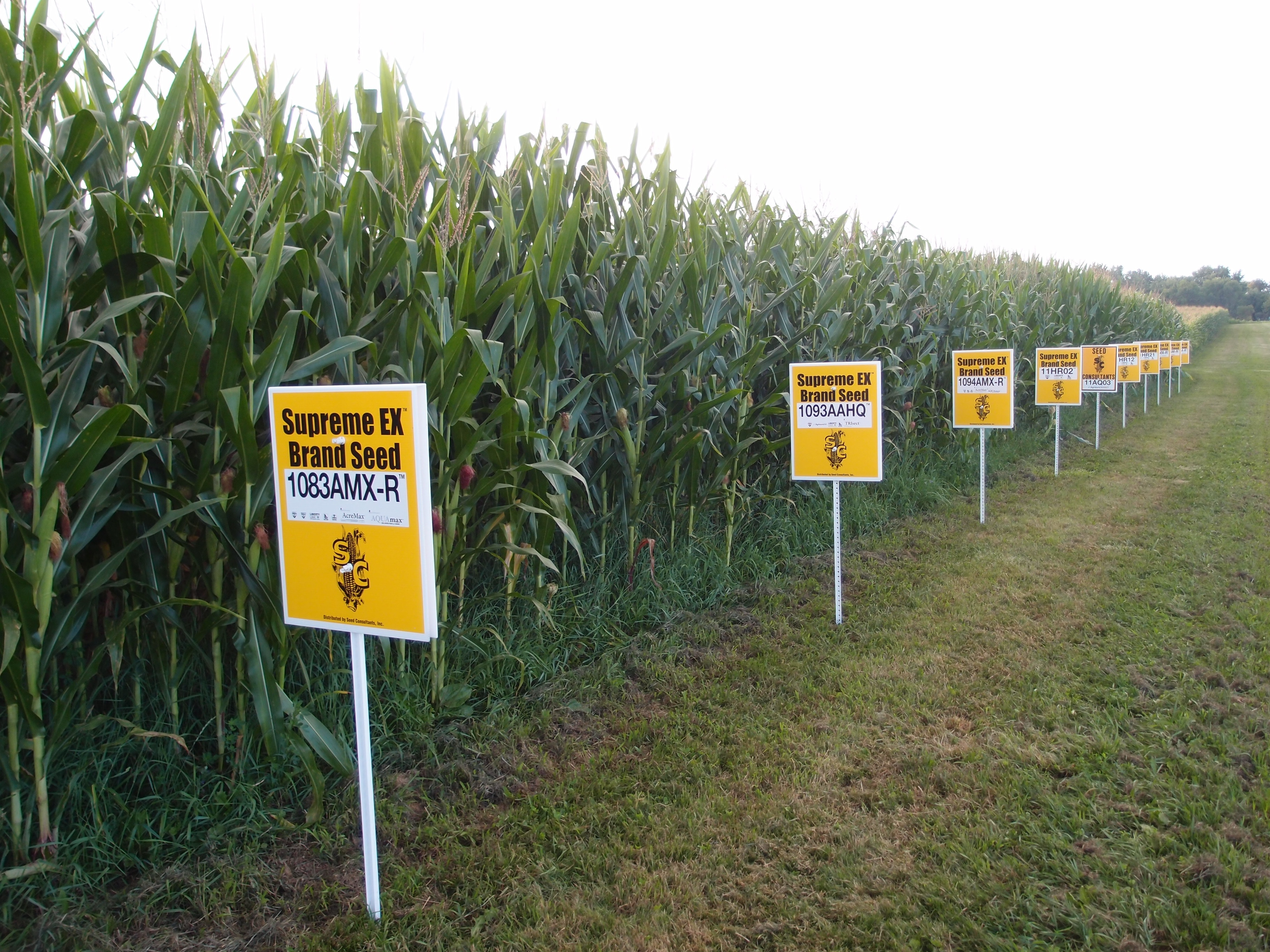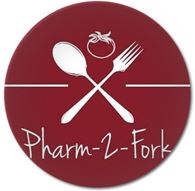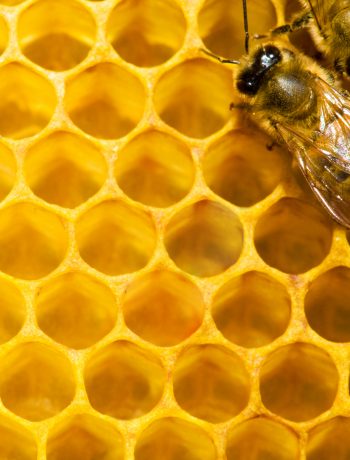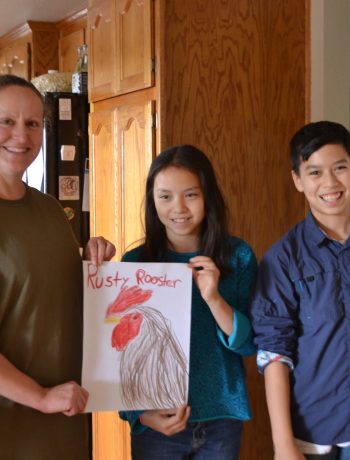
What is the concern with GMO’s? As Monsanto defines a GMO “GMO stands for Genetically Modified Organism. The process takes a beneficial trait that helps a living thing thrive in nature, like an ability to use water more sustainably, and adapts that trait to a new plant so it can better survive in its environment.”
This quote is taken directly from Monsanto’s website. There are 8 that Monsanto lists: corn, soybeans, cotton, alfalfa, sugar beets, canola, papaya, and squash. But what has come to light over time, is that GMO can be used for bad, as well as for good. Just as a GMO seed can be bred “to use less water”, it can be bred to be resistant to chemicals. Chemicals that would typically kill a plant because of its’ toxicity, may not. High doses of chemicals that would have decimated seeds and plants, may not.
Thus the surviving plant, now carries with it, levels of chemicals that it would have never survived, passing on these potentially toxic levels to animals and humans. The issue is at the heart of farming, growing bigger, better looking, and higher cash yield crop and GMO seeds help farmers do this. It is true, a GMO seed has been modified to help it thrive, but in the particular case of the 8 cash crops listed above, these crops are bred to thrive against one main compound, a chemical you keep locked up in your garden shed, Round up.
It’s not that the GMO seed itself is dangerous, the GMO seed is actually giving the plant the extra powerful shield of not being destroyed by harmful chemicals that would typically kill any plant in its way. But now that the seed has been Modified, it can’t be killed by Roundup, not any amount of it. So the industrial farmers can and will take tankers full of glyphosate and drench the soil, and crops, in the name of killing weeds, and growing crops.
Drenched crops, means we eventually eat it, in our corn, soy, and sugar. Our morning pastries, doughnuts, sandwich bread, now contain hefty doses of Roundup permeating through each bite we take. Will the organic label help? Or the Monarch butterfly signifying the non GMO label? Only time will tell, as the labels are only as effective as the manufacturers who pay for the labeling. They are essentially their own monitoring force.
For now, if you know your farmer, they can tell you, how they value their land, and the crops they grow on it. Our local family farmers have a sense of ownership for their soil, and the food they grow. It is this movement, albeit small, that will help keep our food sources purer, stable, and sustainable. Afterall, what is the purpose of eating nourishing food, if toxins lace its sourcing. Image: “GMO corn Yellow Springs, Ohio” by Lindsay Eyink from San Francisco, CA, USAPaying the price of GMO's





No Comments